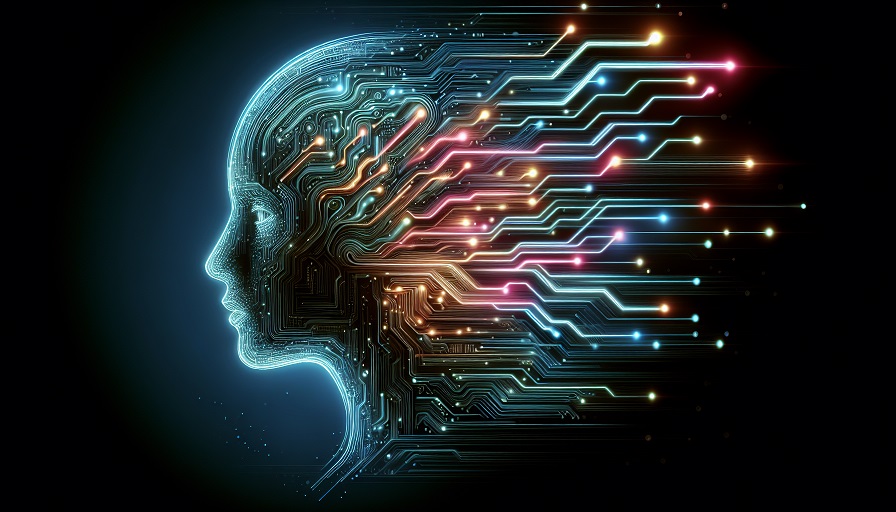
No, AI cannot generate truly original creative writing in the way humans can. While it can produce text that looks creative, it relies on patterns and data it has already been trained on rather than forming new ideas or lived experiences.
AI writing systems can mimic styles, invent characters, and even generate entire stories. However, originality in human creative writing comes from personal perspective, emotional depth, and cultural context. AI may be able to recombine patterns in new ways, but its “creativity” is derivative. The question is not whether AI can replace human imagination but how it can assist and expand the writing process without diminishing authenticity.
Contents
What AI Can Do Well
AI excels at producing large amounts of text quickly. It can imitate genres, adopt different tones, and generate plot outlines. For example, given a prompt to write a fantasy short story, an AI can produce something resembling Tolkien-style worldbuilding or modern young-adult fiction. It can also help overcome writer’s block by suggesting character arcs, scene descriptions, or dialogue exchanges that a human writer can then refine.
AI also provides useful tools for experimentation. Writers can use it to brainstorm “what if” scenarios, test alternate endings, or generate unusual metaphors they might not think of themselves. This makes AI more like a collaborative partner in ideation rather than an independent source of creative genius.
The Limits of AI Creativity
Where AI falls short is in true originality. Human creativity is rooted in lived experience – personal struggles, cultural memory, moral dilemmas, and emotional growth. These factors shape how a writer interprets the world and communicates meaning through stories. AI does not experience life; it only predicts likely combinations of words. The result is writing that may be clever or stylistically polished but often lacks depth, authenticity, or a unique voice.
For example, an AI might generate a convincing love poem, but it cannot feel love, heartbreak, or longing. The metaphors it uses are borrowed from existing texts, not born from personal sensation. This is the key difference between originality and imitation: one emerges from lived experience, while the other recombines patterns without understanding them.
Blending Human and Machine Strengths
Many writers now see AI not as a competitor but as a tool for enhancing their own creativity. Instead of expecting AI to write finished works, they use it to spark ideas, provide raw material, or speed up repetitive tasks like summarizing or drafting. A novelist might ask AI to generate ten variations of a scene, then select and refine the one that best fits the story’s emotional arc. This collaborative approach respects the limitations of AI while still harnessing its speed and versatility.
Some creative projects have even embraced AI as a co-author. For instance, poets and fiction writers experiment with AI-generated lines and then weave them into larger works, creating hybrid pieces that showcase both machine-driven novelty and human emotional resonance. In this sense, AI can expand the boundaries of what creative writing looks like without claiming true originality.
Risks of Overreliance
If writers lean too heavily on AI, there is a danger of homogenization. Because AI draws from existing data, overuse can lead to formulaic plots, predictable language, and recycled tropes. The distinctive quirks and innovations of human writers risk being drowned out by machine-generated sameness. For readers, this can mean less diversity of thought and fewer surprising, original voices.
There are also ethical concerns. Who owns AI-generated text? If an AI produces writing based on patterns it learned from human authors, is it fair to call the result “new”? Copyright law has yet to fully address these issues, raising questions for publishers, educators, and content creators alike.
Examples in Practice
AI has already been used to generate short stories, poems, and even novels. Some of these works have been entered into competitions, sometimes fooling judges who believed they were human-written. Yet, when examined closely, many of these texts lack the coherence, emotional layering, or thematic originality that define lasting literature. They can be impressive as demonstrations of technology but rarely resonate as deeply as works born from human imagination.
That said, some writers enjoy AI’s strangeness. Because it sometimes produces unexpected or even nonsensical lines, AI can act as a kind of surrealist collaborator – similar to techniques like cut-up poetry or automatic writing. In these cases, originality comes not from the AI itself but from the human writer who selects, interprets, and recontextualizes the machine’s raw output.
The Future of Creative Writing With AI
Looking ahead, AI will likely continue to improve in generating text that feels “original.” However, its limitations will remain: it cannot feel, it cannot experience, and it cannot draw meaning from existence the way humans can. Writers who use AI wisely will find it an ally in overcoming barriers and generating possibilities, but not a substitute for the emotional and cultural richness that true originality requires.
AI can generate creative-looking writing, but it cannot produce truly original literature in the human sense. Its value lies in partnership, not replacement. Writers who embrace AI as a tool for brainstorming, experimenting, and expanding possibilities will benefit the most, while those who expect it to fully replace human imagination will be left with text that feels clever but empty.